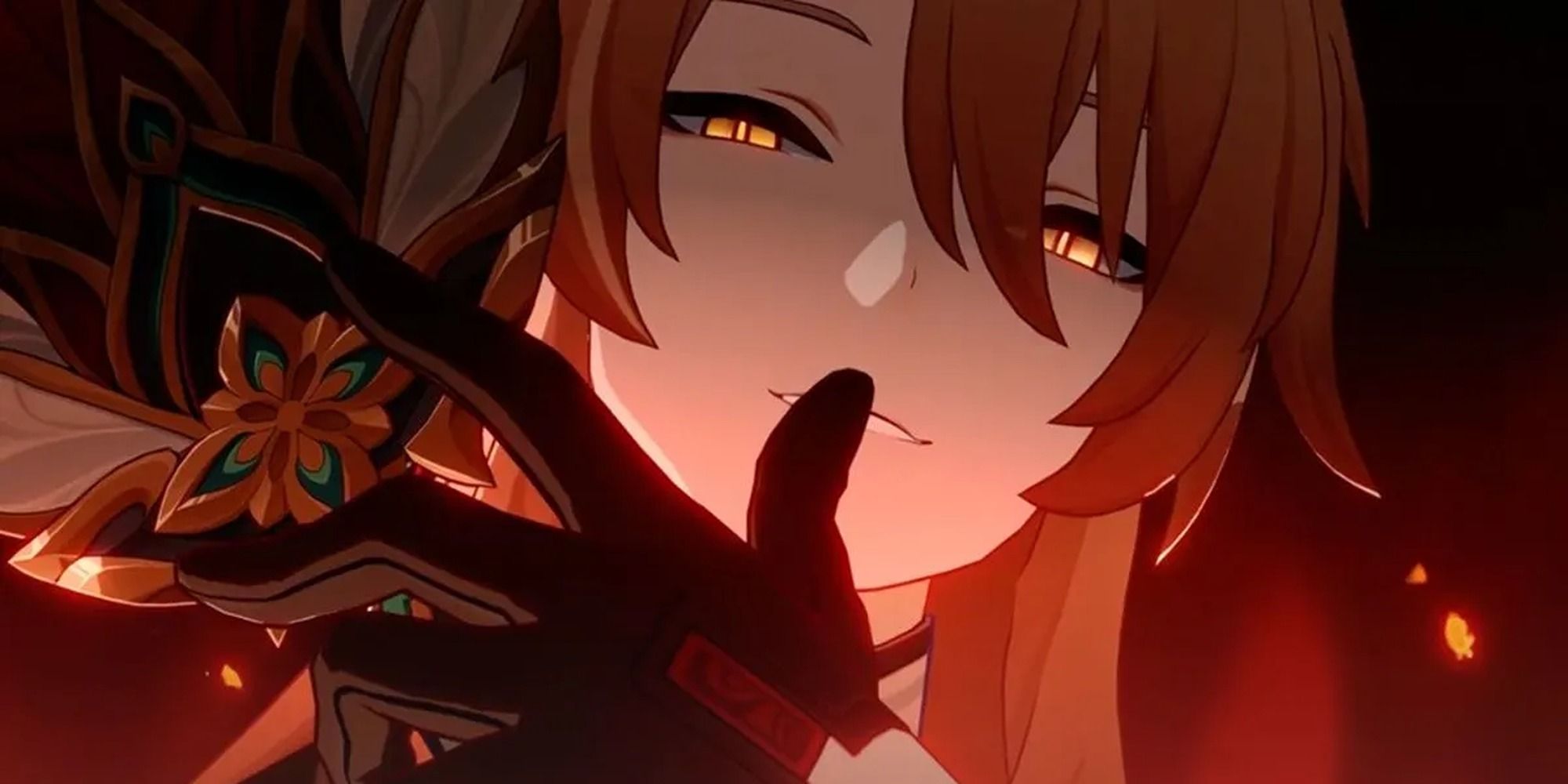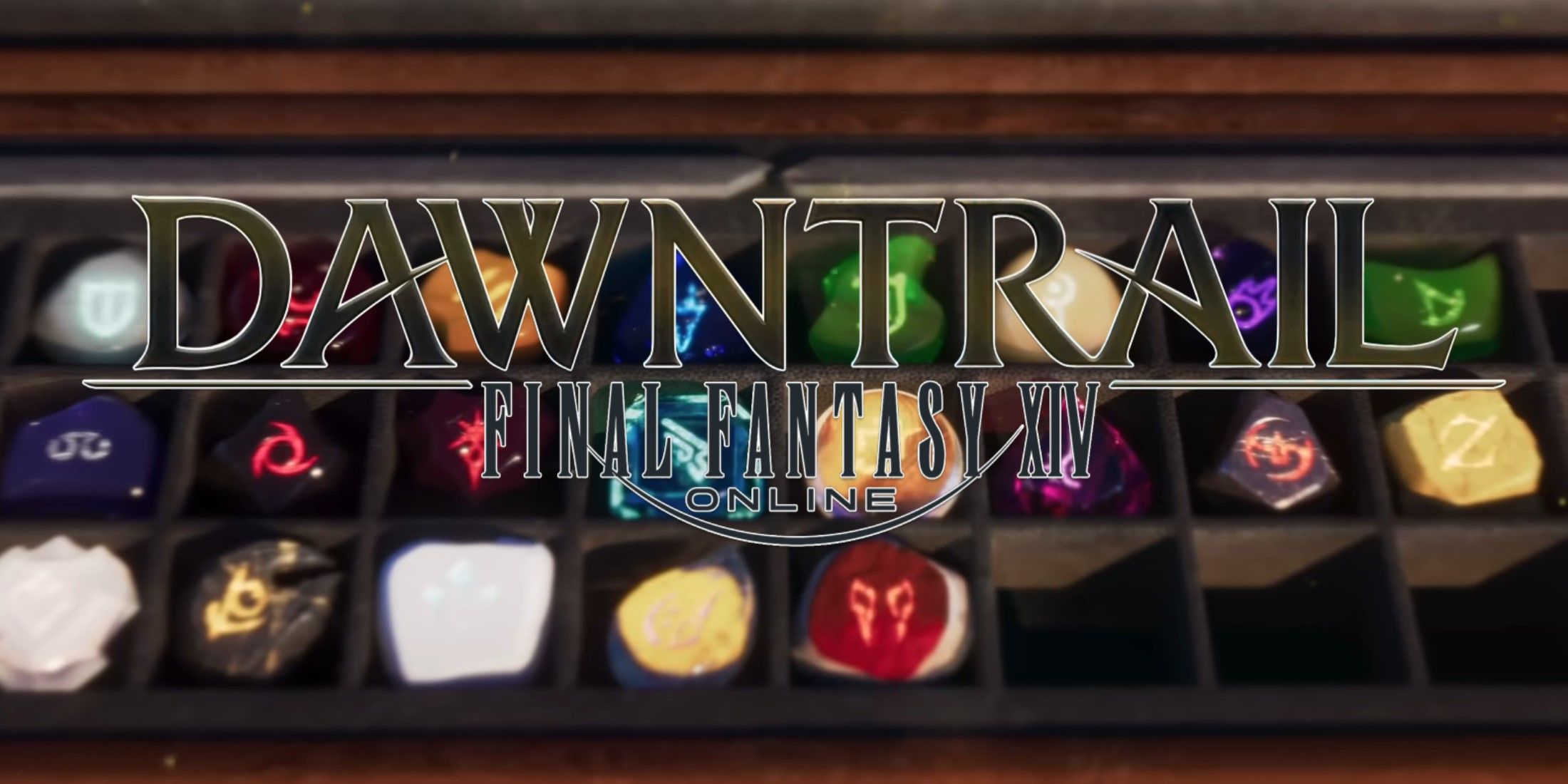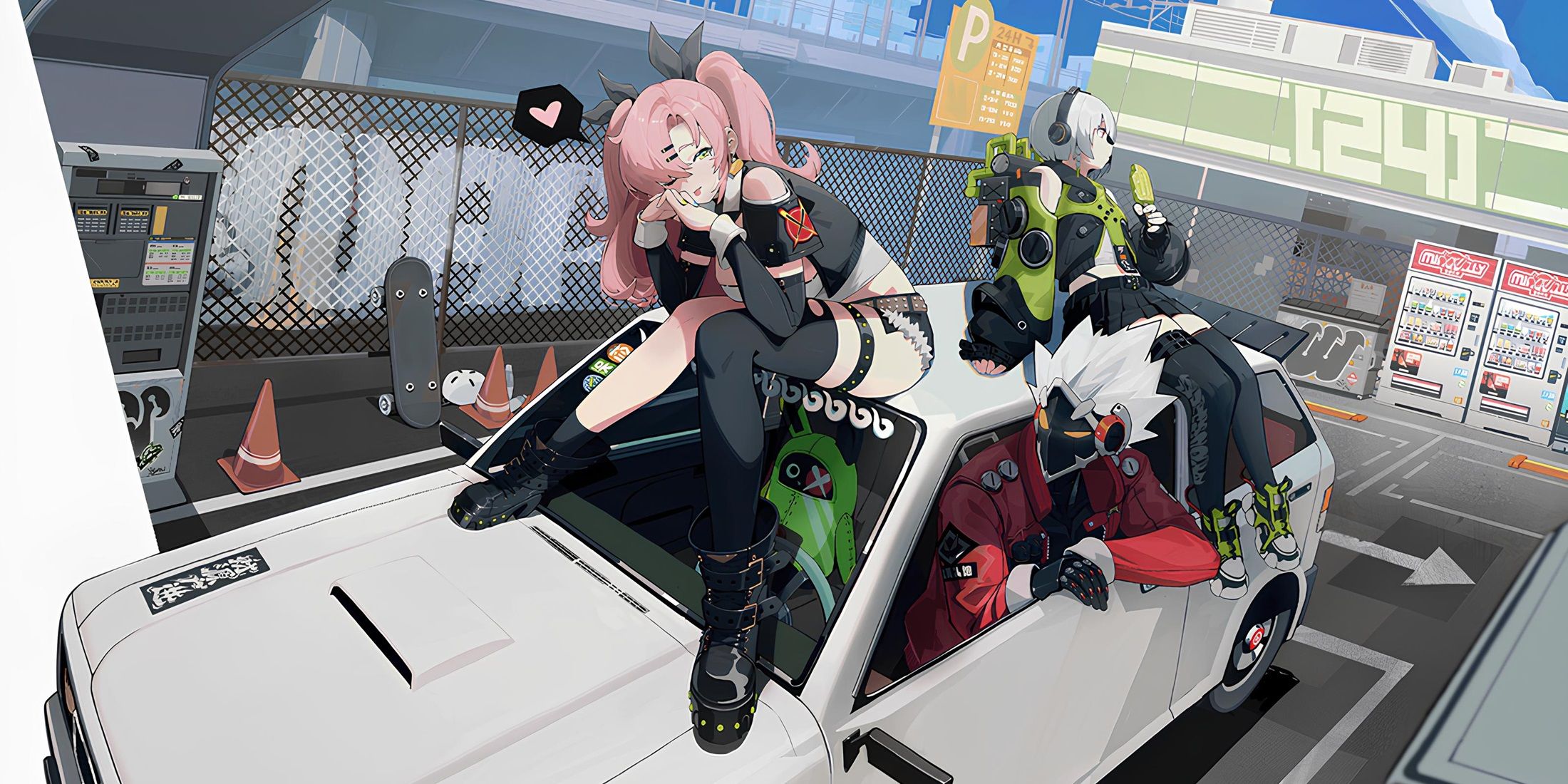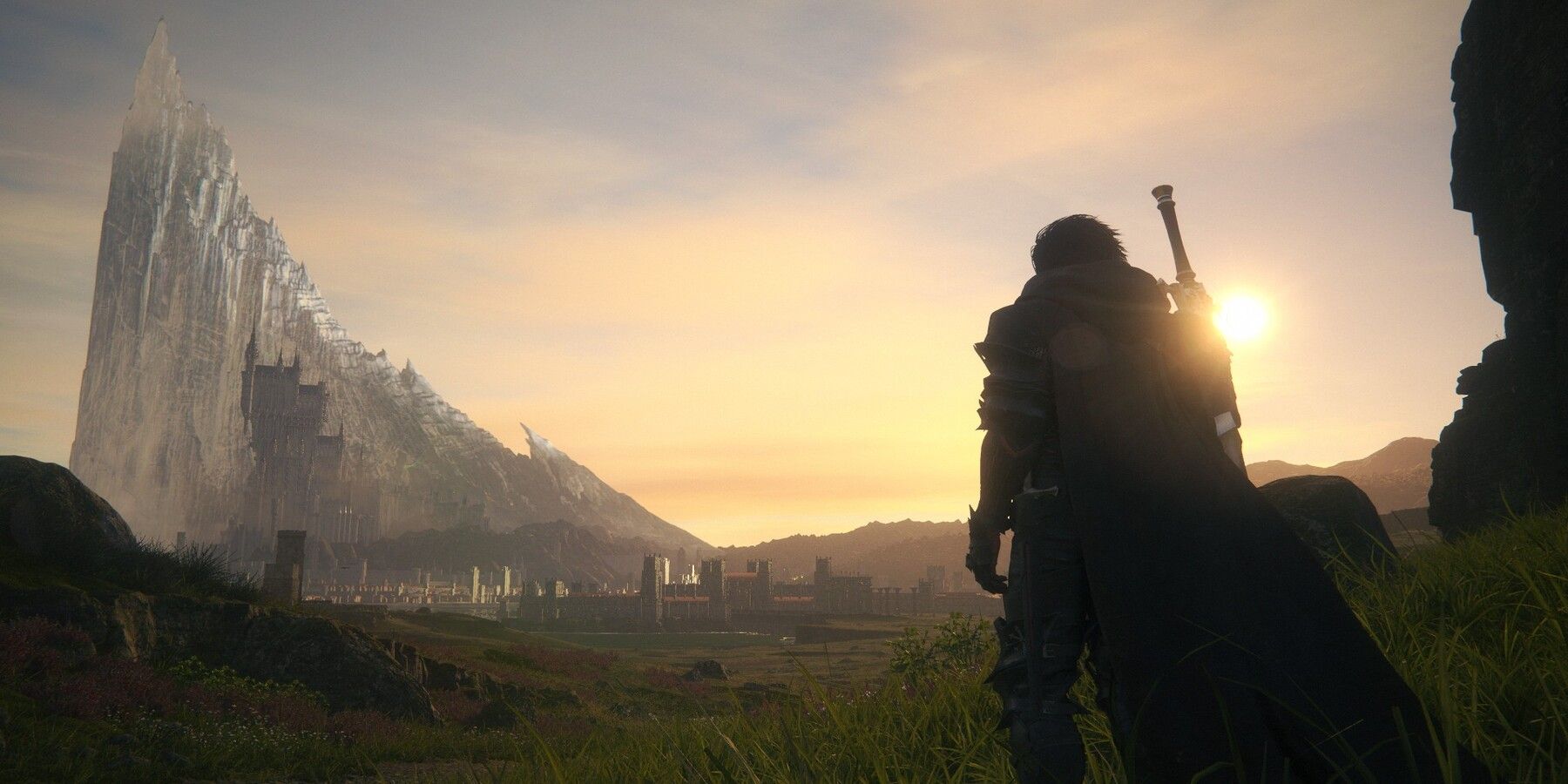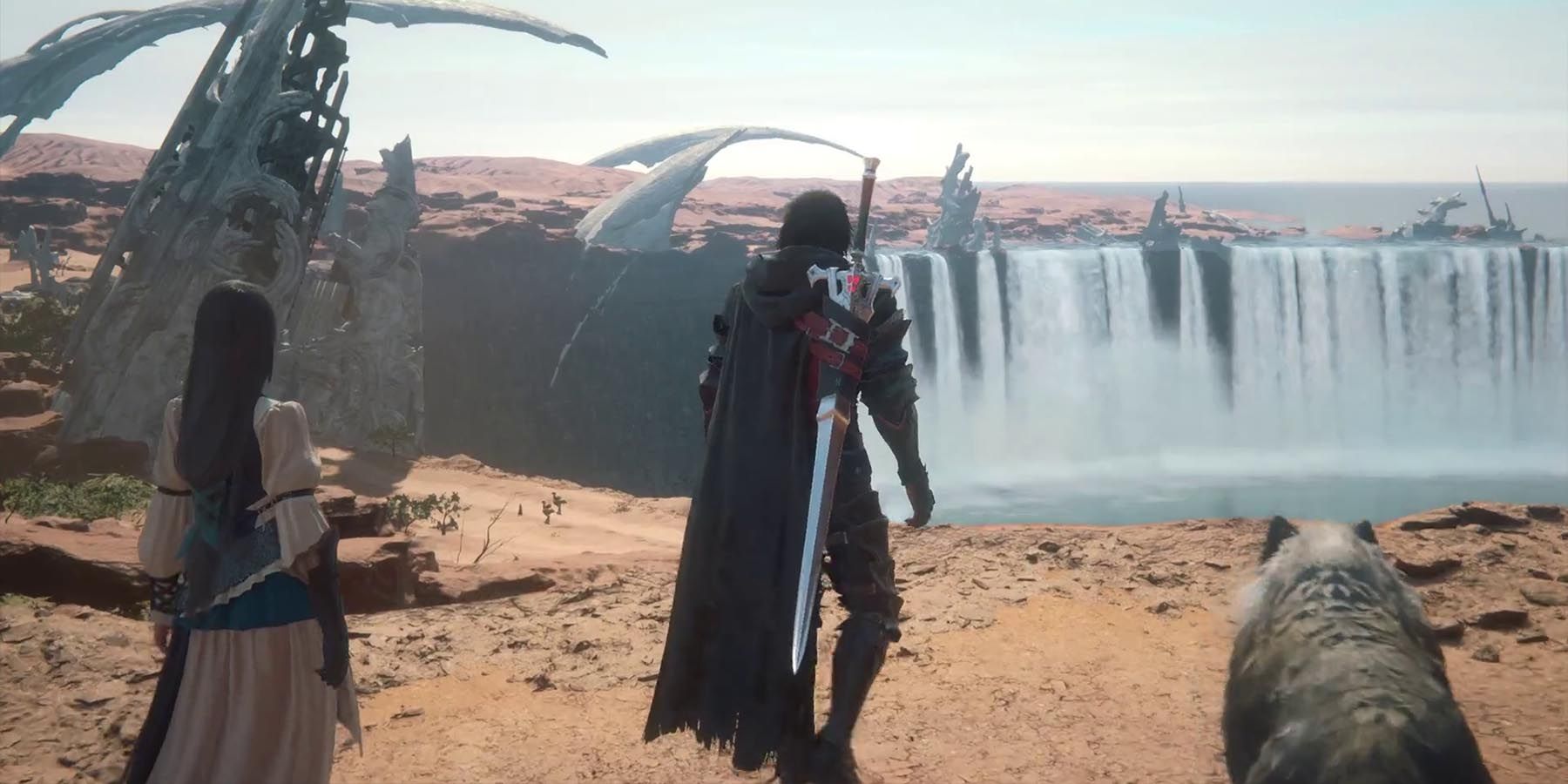The response to Final Fantasy 16 has been mostly positive, and for good reason. While there are criticisms to be had about the lackluster gear system, or how many side quest objectives come down to fetching items which distracts from the good stories they tell, there is so much to love. The action combat is terrific, shining particularly bright in Final Fantasy 16’s boss fights, while the strong story has allowed many to get attached to characters like Dion, Cid, and Clive. And for players tired of open world games, the way the world map is approached will be a pleasant surprise.
Open world games have skyrocketed in popularity in recent years. Regardless of whether players like the Ubisoft style of clearing a map full of markers, which is seen in games like Assassin’s Creed and Far Cry, or the Bethesda style of visiting landmarks in Fallout and The Elder Scrolls, there are plenty of options out there. Even some of the most critically acclaimed games in recent years, like Elden Ring and The Legend of Zelda: Tears of the Kingdom, fall into this camp. With so many big games being open world, though, players may be a bit burnt out on this style, making Final Fantasy 16 a breath of fresh air.
Final Fantasy 16 Gives Players Open Areas, Just Not an Open World
To be clear, the strengths of open world games are plentiful, so it makes sense that they have become so prevalent over the last decade. Setting gamers free to explore a massive piece of land gives them the freedom to approach the game however they want, completing side quests and exploring or grinding fights to unlock new gear and upgrades. However, there are downsides, like the game’s story being broken up when players are forced to engage with open world aspects as well as extremely long runtimes, something that some fans will simply not have time for. For gamers who do not care too much for side content, open worlds can be a negative, distracting from a potentially strong story instead of adding to the experience.
It seems like some developers have started to recognize the benefits of open world locations, but carefully craft their content to capture those strengths without throwing players into an overly large play space and damaging the structure of the story. The Last of Us 2’s open Seattle section is one example of this, as players have an option to explore a large area and complete some memorable side activities before moving on. God of War Ragnarok’s Crater is another, as this optional area is essentially a tiny open world full of good side content. Outside these locations, both games focus closely on their narratives and characters, giving players a small taste of open world gameplay without fully committing. Final Fantasy 16 falls into a similar camp.
Instead of making Valisthea fully open world, and risking another barren open world like Final Fantasy 15, Square Enix gives players four decently large zones to explore with numerous fast travel points spread throughout each. Essentially, these areas are all like God of War Ragnarok’s Crater, just less rich in content to complete. As a result, they are a joy to explore once but do not take too long to clear. Players will return to these zones for certain main story quests and side missions in Final Fantasy 16, but there is not much to do in them beyond that.
Instead of splitting focus between the story and open world content, Square Enix goes all in on the former. Players are not pressured to clear dozens of spots on each map or presented with a game that will take 100 hours to fully complete, as they instead get a game that focuses fully on its high quality combat and storytelling. For players who adore optional content and expansive worlds to explore, this will be a disappointment, but anyone burnt out on that style will likely be thrilled. In particular, players who enjoyed classic FF games like Final Fantasy 10 will surely appreciate this very linear format, as every action they take outside Chronoliths and Hunts has some kind of narrative impact.
Final Fantasy 16’s level design is interesting, and it is something that could inspire other games like Marvel’s Wolverine where a full open world would not work. While it is not for everyone, it is easy to recommend for those who appreciate open areas but are overwhelmed or burnt out on huge worlds. Players have enough room to ride a chocobo and complete a few optional fights, as well as a good amount of locations to grind out kills, but for the most part they are on a straight path full of main and side quests - an approach that helps Final Fantasy 16 stand out in a sea of open world games.
Final Fantasy 16 is available now exclusively on PS5.

